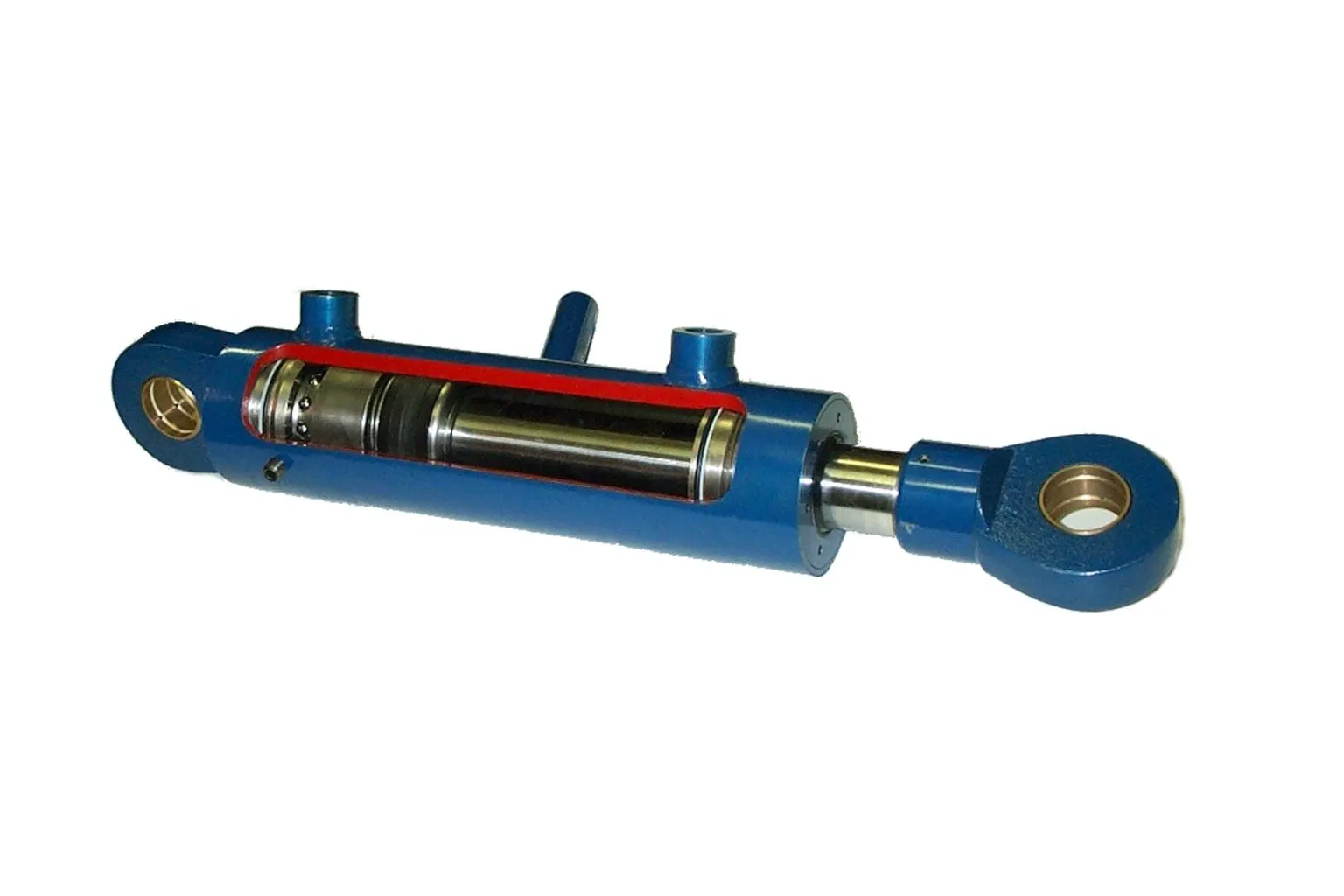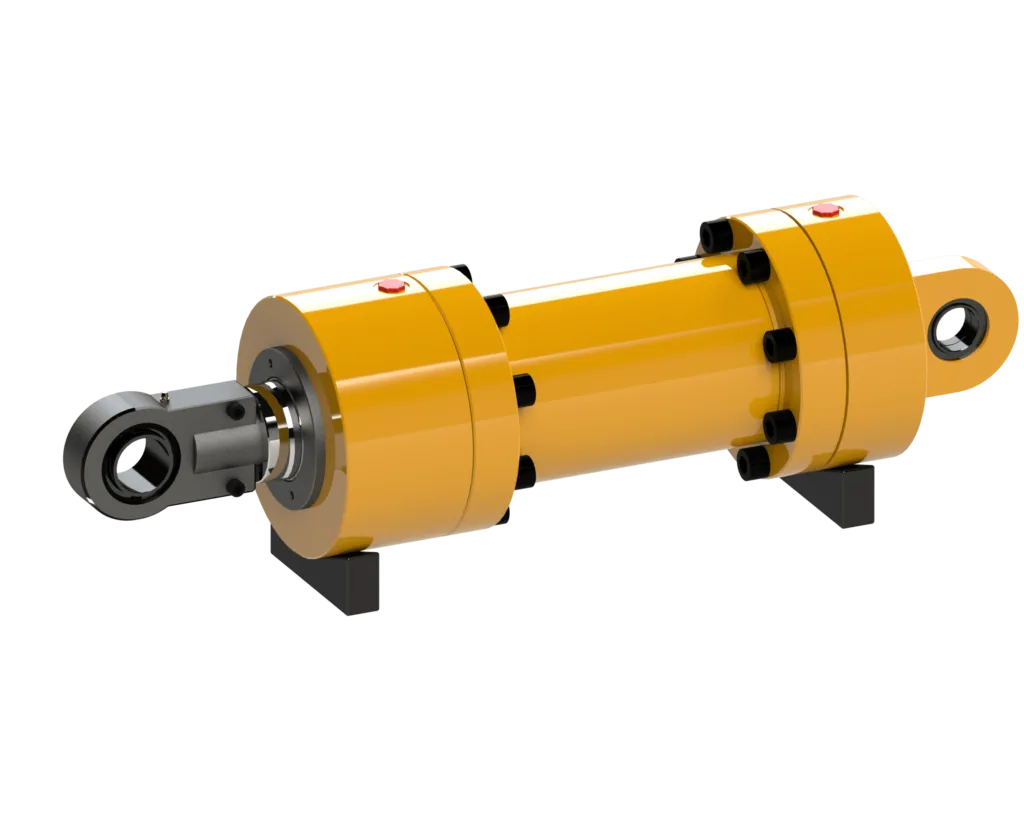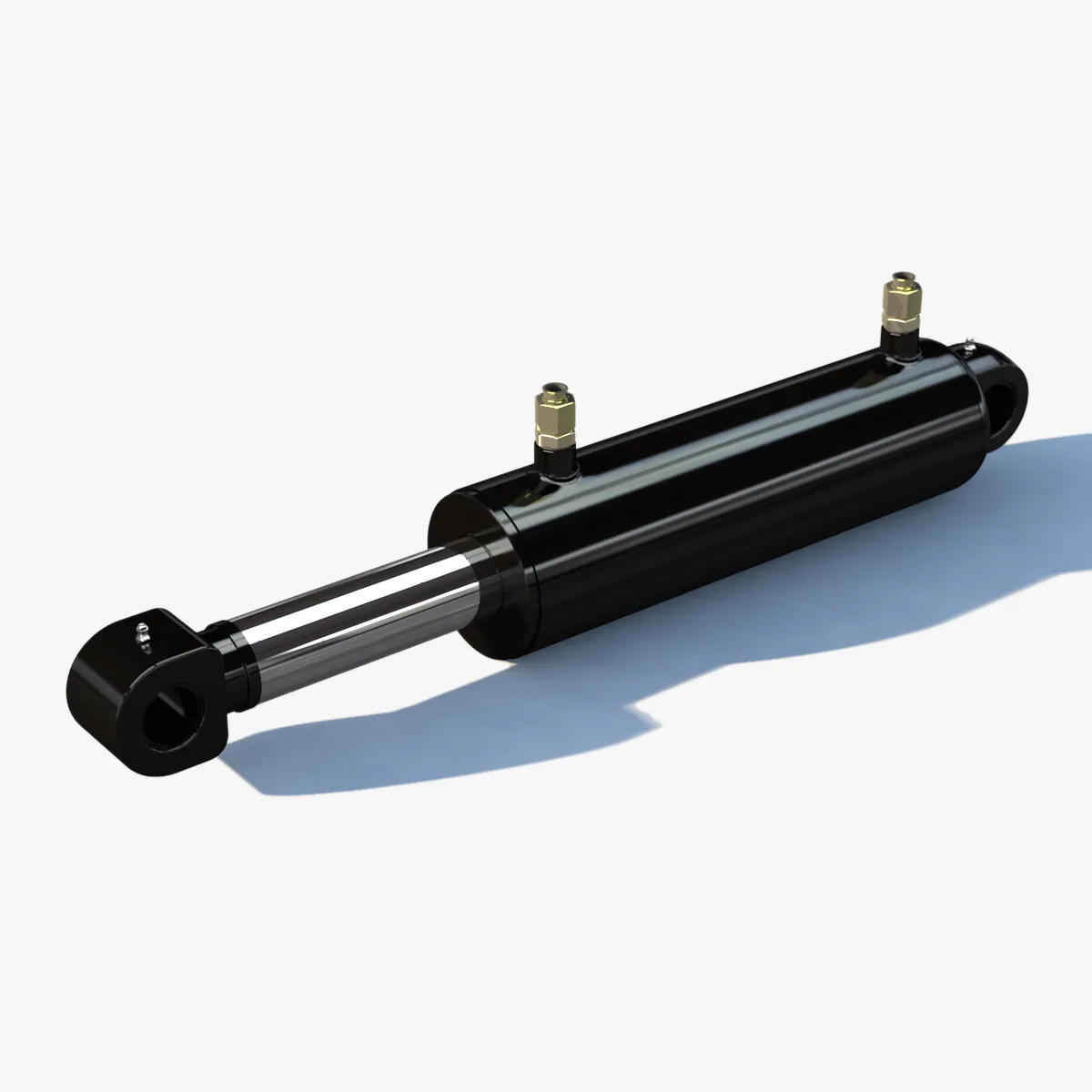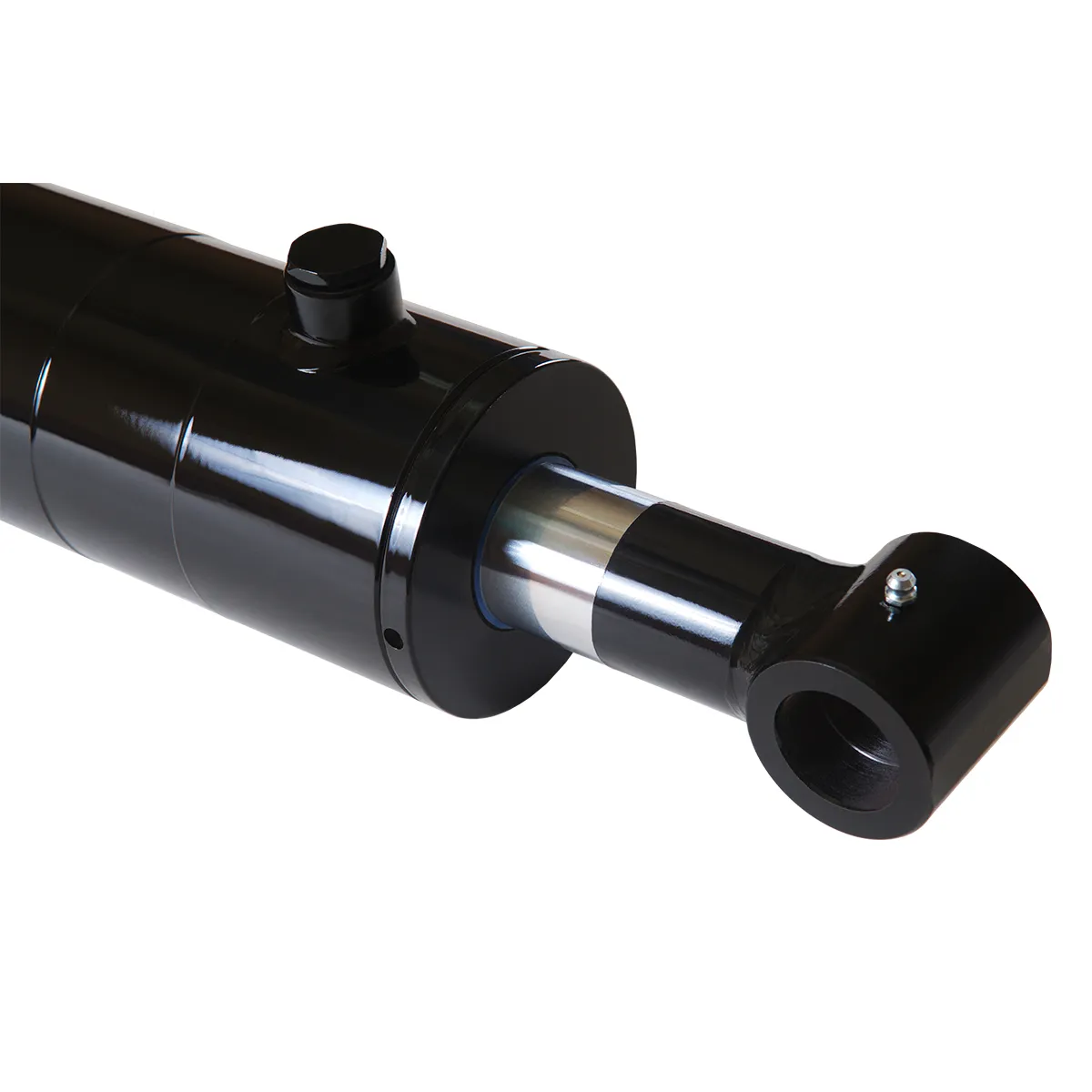Unlocking the Potential: Exploring Locking Single-Acting Hydraulic Cylinder Applications In Automation
Introduction
Locking single-acting hydraulic cylinders play a crucial role in automation systems, offering a secure and reliable solution for various applications. These cylinders work under hydraulic pressure in one direction and feature a locking mechanism to prevent movement in the absence of pressure.
Design and Construction Characteristics
Locking Mechanism – Safety
The main feature of the locking single-acting hydraulic cylinder is its locking mechanism, ensuring the piston stays in a safe position even when hydraulic pressure is lost. This mechanism can be mechanical or hydraulic, preventing accidental retractions.
Variety
The design of the locking mechanism can be customized for specific applications, utilizing spring-loaded locking devices, pin locks, or other mechanical locks tailored to the requirements.
Compact Structure – Space Optimization
Locking single-acting hydraulic cylinders are designed to be compact, making them ideal for space-limited environments and versatile for a wide range of equipment and machinery.

Precision Manufacturing – High-Precision Machining
High processing accuracy is crucial for components to ensure a perfect fit and sealing performance, preventing leaks. Stringent quality control measures are implemented throughout the production process to guarantee reliability.
Assembly Process
Specialized technicians handle the assembly process to ensure proper installation and calibration of individual components. A thorough pressure test is conducted post-assembly to confirm performance and tightness.
Working Principle
Locking single-acting hydraulic cylinders operate using a single-acting mechanism where hydraulic oil extends the cylinder, and a locking mechanism holds the piston in place to prevent retraction. This ensures load safety even if pressure is lost.
Types and Configurations
Standard Locking Cylinder
This type features a mechanical locking mechanism such as a pin or latch to secure the piston.
Hydraulic Locking Cylinder
Utilizes hydraulic pressure to maintain pressure in a chamber, preventing piston retraction.
Customized Locking Cylinder
Can be tailored with specific locking mechanisms based on unique application requirements.
Benefits
Enhanced Security
Locking reduces the risk of accidental retractions, enhancing operator safety.
Reliability
Operates effectively under high loads and varying conditions, ensuring consistent performance.
Simplicity
Easy to operate and maintain, making it user-friendly for various applications.
Application Scenarios
Construction Equipment
Commonly used in cranes, hoists, and lifts to securely hold heavy objects in place.
Manufacturing
Applied in presses for forming materials under high pressure, ensuring stability during processing.
Transportation
Utilized in stabilizers and jacks for vehicles to ensure safety during maintenance and transportation.
Design Considerations and Selection Criteria
Bearing Capacity
Sealing
Durability
Safety
Maintainability
Sealing and Lubrication
Various seals such as piston seals and rod seals are used with wear-resistant materials. Regular lubrication with hydraulic oil is necessary to improve wear resistance and performance.
Regular Inspection and Maintenance
Implementing preventive maintenance measures and regular inspections are essential to ensure optimal performance and longevity of the locking single-acting hydraulic cylinder.
Installation Guide
Proper installation is key to the efficient operation of the locking single-acting hydraulic cylinder. Follow the installation guide carefully to avoid any issues.

Maintenance Tasks
Regular inspection, lubrication, seal replacement, and calibration are critical maintenance tasks to uphold the functionality and safety of the hydraulic cylinder.
Safety Considerations
Adhering to safety measures and considering environmental factors are crucial when working with locking single-acting hydraulic cylinders to prevent accidents and ensure a secure operating environment.
Fault Diagnosis and Common Problems
Understanding common issues and troubleshooting tips can help identify and resolve problems efficiently, minimizing downtime and optimizing performance.
Unit Power
The unit power of a locking single-acting hydraulic cylinder is influenced by factors such as cylinder diameter, stroke, operating pressure, piston speed, and load conditions, impacting efficiency and performance.
Optimizing Power Unit

Optimizing the power unit can lead to improved efficiency, energy savings, and enhanced reliability, benefiting overall system performance and longevity.

FAQs
How does the locking mechanism work?
What are the main components of a locking single-acting cylinder?
What advantages do locking cylinders offer over standard ones?
Long-Tail Keywords
1. “Secure Locking Mechanism for Automation”
2. “Efficient Hydraulic Cylinder Solutions”
3. “Reliable Safety Features in Industrial Applications”
Our Company
We are a leading hydraulic cylinder manufacturer specializing in replacement solutions. With a comprehensive product line and dedication to quality, we cater to domestic and international markets, offering professional services, customized solutions, and reliable after-sales support.
